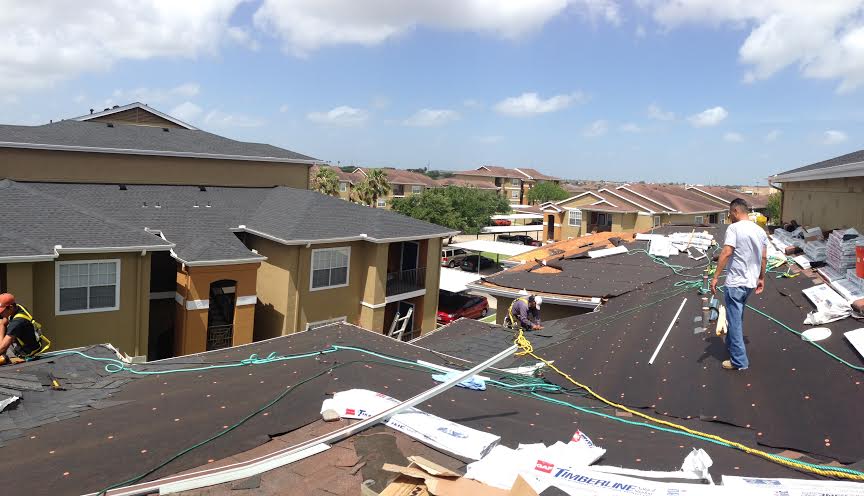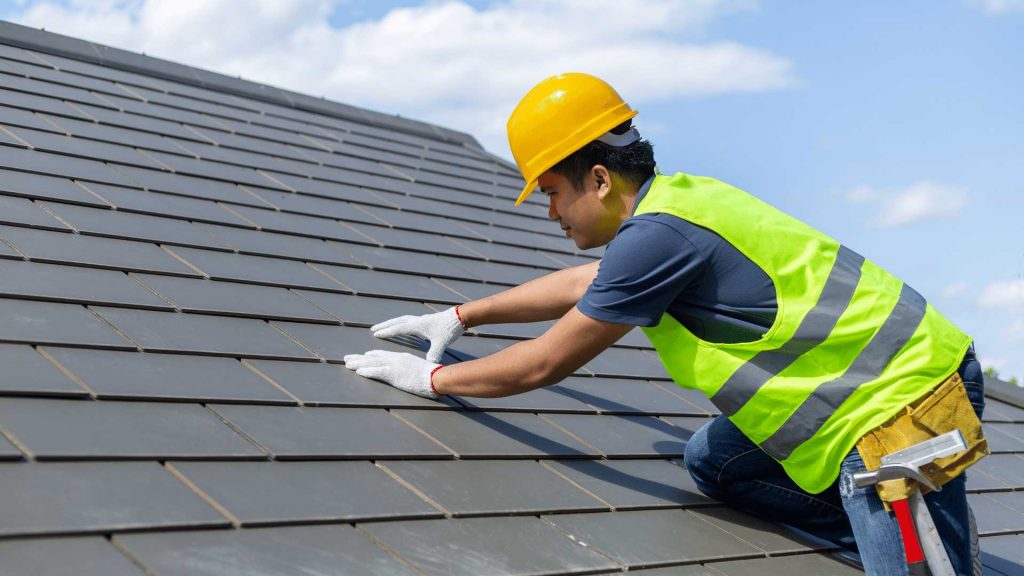Flat roofs have long been used in the construction of commercial buildings and residential homes throughout Texas. They are known for their cost effectiveness, durability, and ease of maintenance when compared to more traditional roofing options. Whether a business owner is considering building a brand new structure or renovating an existing one, they should consider both the advantages and drawbacks of flat roofs before making any decisions.
Flat roofs offer many benefits that can help reduce overhead expenses for businesses in Texas. When properly installed by experienced contractors with quality materials, these structures can provide reliable protection from harsh weather conditions while also providing ample useable space on top of the building. However, there are certain challenges associated with this type of roofing system which may not be suitable for all applications.
Installation Costs
Flat roofs have been a popular choice for businesses in Texas due to their upfront costs and long-term savings.
Flat roofs are easy to install, which means that companies can save on labor costs in comparison to sloped roofs. With flat roofs, the materials needed are minimal when compared with traditional pitched roofing systems. This saves businesses money both during installation and maintenance over time. Additionally, flat roofs require less material than other types of roofing systems because they cover fewer square feet.
Flat roofs also provide an energy saving benefit as the insulation required is much more efficient than directly applying it onto a pitched surface. As there is no need for additional ventilation or air conditioning units, this reduces overall cooling costs significantly while providing better thermal efficiency throughout the building’s structure.

Energy Efficiency
Flat roofs have the potential to reduce energy consumption in Texas businesses. By providing an even surface, they are able to absorb and reflect less heat than sloped roofs which improves temperature regulation. This means that air conditioners do not need to be run as often or for longer periods of time in order to keep a building at the desired temperature, saving businesses money on their electricity bills.
Additionally, flat roofs can provide more opportunities for solar installations due to their larger surface area when compared with sloped roofs. Solar panels can help businesses generate clean, renewable energy from the sun’s rays while also reducing their utility costs.
Nonetheless, it is important that Texas business owners consider all factors before opting for a flat roof installation. Flat surfaces can collect standing water if not adequately drained which increases the chance of water damage and leaks over time. They also require regular maintenance such as cleaning and sealing in order to prevent cracks and holes forming where rainwater could seep through into the building’s interior leading to mold growth and mildew accumulation.
Repair Needs
The decision to invest in a flat roof for businesses in Texas may be an attractive option due to potential cost savings. However, such roofs require special attention when it comes to maintenance costs and drainage solutions.
Without proper maintenance, the roof can quickly become damaged or compromised leading to costly repairs that could have been avoided with regular upkeep. Furthermore, certain types of flat roofs are prone to pooling water which can cause further damage if not addressed properly.
For these reasons, business owners must carefully consider the long-term implications of investing in this type of structure. It is important to note that there are ways to mitigate some of the risks associated with having a flat roof.
As such, companies must weigh both the short-term benefits as well as long-term costs when making this investment decision.
Safety Considerations
When it comes to flat roofs for Texas businesses, repair needs must be taken into account when considering safety considerations.
One key factor is drainage concerns, which can become an issue in a state with unpredictable weather patterns and frequent heavy rains. To ensure proper water drainage from the roof, gutters should be installed or other methods of controlling runoff put into place.
Additionally, material selection plays a vital role in keeping the structure safe and secure; materials that are resistant to heat, UV radiation, wind uplift, hail damage and fire should all be considered before making any decisions.
When properly maintained and constructed with durable materials, flat roofs offer great advantages for Commercial buildings in Texas including cost savings due to their simple design. However, careful attention must be paid to maintenance and repairs as well as selecting appropriate materials in order to ensure optimal performance over time.
Aesthetic Appeal
Flat roofs have a major visual impact on the overall design of any building. In Texas, they can help businesses create modern designs that still manage to fit in with the traditional architecture of their area.
Flat roofs provide an aesthetic appeal that is often sought after by business owners looking to stand out from the crowd and catch the eye of potential customers or clients. The sleekness and minimalism of flat roofs work perfectly for buildings located in areas where there are height restrictions.
This means more room for creativity when it comes to designing attractive features like terraces or outdoor spaces. Additionally, these roofs can be designed with different levels and materials, making them perfect for creating interesting shapes and patterns that will draw attention to the building’s facade.

Weather Protection
The Texas sun can be unforgiving, and the relentless heat it brings has to be taken into consideration when constructing a building.
Flat roofs offer an advantage in this regard due to their ability to deflect sunlight away from the walls of the structure, thus providing protection from the elements for businesses operating in Texas.
This is especially beneficial if a business utilizes preventative maintenance approaches that ensure long term durability.
Furthermore, flat roofs are often easier to install than pitched ones and require less labor-intensive work during construction.
They are also usually cheaper as they use fewer materials and require less time to build compared to sloped roof alternatives.
Useable Space
The useable space of a flat roof can be an asset to Texas businesses. Easy-of-accessibility and efficient drainage solutions make it appealing for companies that need rooftop access or require protection from the elements.
With added benefits such as cost savings, increased usable area, and extended outdoor living spaces, these roofs are becoming increasingly popular in this region. Modern technology has opened up numerous possibilities when it comes to designing flat roofs with special features like skylights and green rooftops for additional insulation and energy savings.
The material used on these roofs also helps reduce rainwater runoff, thus helping preserve natural resources by reducing water waste due to stormwater overflow. Furthermore, because of their design, they don’t require complicated framing systems which makes them easy to install without expensive labor costs.
In summary, there are many advantages associated with flat roofs in Texas businesses; ease of accessibility, effective drainage solutions along with cost savings and environmental benefits contribute to making them an attractive choice.
